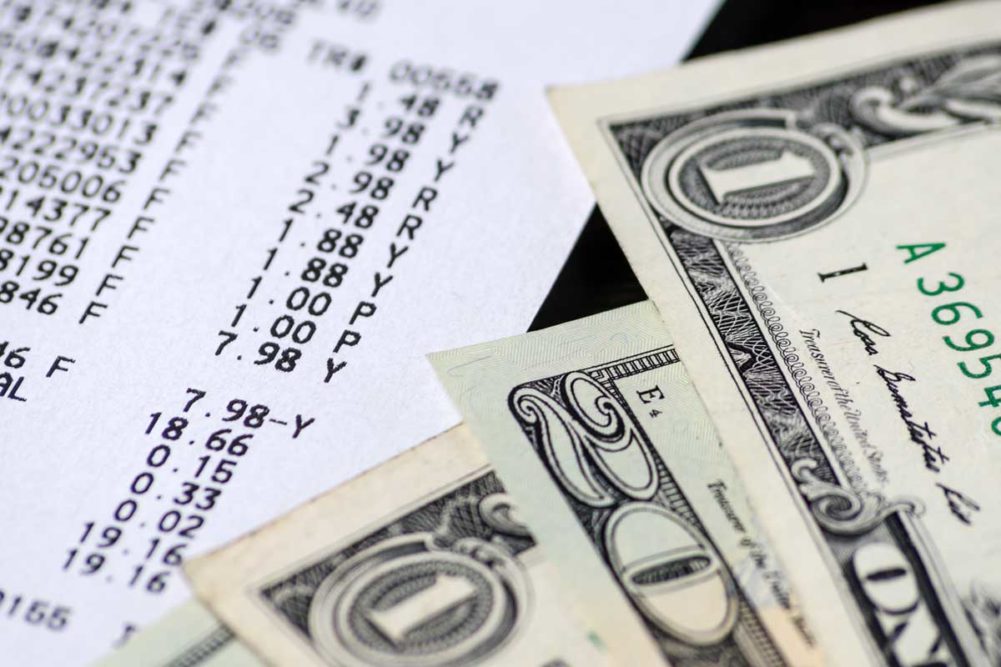ARLINGTON, VA. — The coronavirus (COVID-19) pandemic affected grocery prices more than nearly any other category of consumer spending.
The consumer price index (CPI) for food at home increased 2.7% in April, the largest monthly jump since February 1974. Grocery prices were up 5.6% between June 2019 and June 2020, several times the average food price inflation rate Americans have come to expect in recent decades. The increases are more dramatic for some individual food items, with beef and veal prices up 25% year-over-year, egg prices up 12%, potato prices up 13% and tomato prices up 8%.
“Food prices are always top of mind for a lot of people,” said Andy Herron, vice president of tax, trade, sustainability and policy development at FMI. “We all have that older relative who talks about a time when ground beef was 5¢ a pound … What we’re going through right now is a little bit different.”
The FMI launched a digital platform exploring the price increases. The website examines factors influencing food prices and the impact of the COVID-19 shock to the supply chain.
“Food prices are determined by a complex algorithm that can be difficult to understand,” said Leslie G. Sarasin, president and chief executive officer of the FMI. “Occasionally, these influences become so distorted that their impact on the average shoppers’ grocery receipt becomes obvious.”
The digital tool was based off a report from Ricky Volpe, Ph.D., associate professor for Cal Poly in San Luis Obispo, Calif., which found the pandemic caused four major changes that impacted food prices in a short period of time.
Walled off marketing channels
The first two changes were the rapid shift toward eating at home and a corresponding loss of foodservice demand. In February, more than half of all household food spending was away from supermarkets. By April it was less than a third, meaning nearly $23 billion in away-from-home spending was redirected toward the grocery sector in just two months.
“If this had happened 30 years ago, it wouldn't have been nearly as big of a deal, but we reached a point just prior to the pandemic where Americans had tilted the balance to eating more away than at home,” Volpe said.
The result was a forked supply chain, with agricultural commodities and finished products funneled directly into either food at home or food away from. Those two marketing channels were relatively walled off from one another, Volpe said.
“Huge quantities of commodities and finished products suddenly had nowhere to go,” he said. “Fields of produce were left rotting or tilled back into the earth and dairy farmers were dumping milk.”
The impacts have been greater for ranchers, who sold or reduced the size of herds in response to decreased demand, and for other highly perishable animal products, like eggs, which incur high packaging and transportation costs.
“Grower-shippers and distributors covering those costs reverberated throughout the supply chain and was a major factor that led to higher food costs,” Volpe said.
Production and retail
Enhanced safety protocols, new operating procedures, increased oversight and labor challenges all contributed to greater costs in the processing, manufacturing and distributing sector. Some firms diverted products away from foodservice and toward retail, a process that also entails significant expenses and regulatory hurdles.
Increased costs in stores largely were obscured by the $23 billion shift in spending toward retailers.
“There is a misconception that grocery stores must be raking it in,” Volpe said. “The percentage increase in costs easily outstrips the percentage increase in food prices.”
Margins already were delicate in the food retail sector and were squeezed even more as retailers pivoted operations for the new environment. This includes increased labor and labor turnover, more overhead, personal protective equipment, labels, cleaning products and transparent barriers. Transportation and acquisition costs for rushed orders are higher than typical orders. Retailers also reduced availability of higher margin items like hot bars and cold bars.
Together, increased operating costs across the supply chain were larger than the increase in the food at home CPI.
“Grocery shoppers can rest assured that cost increases are not related to increased profits, and instead result from a spike in expenses,” Sarasin said.
What’s next?
The food industry proved remarkably resilient in the face of the pandemic Volpe said, and may benefit in the future from lessons learned during the crisis.
“The supply chain had kind of forked, but out of sheer necessity, those two forks became one,” he said.
Relative to keeping those channels open is the regulatory landscape.
“It's possible to have too much red tape in place to enable food to be donated, resold, repackaged or relabeled,” Volpe said. “Grower-shippers, distributors and manufacturers having a rolodex of buyers for their output across marketing channels is a great thing.”


